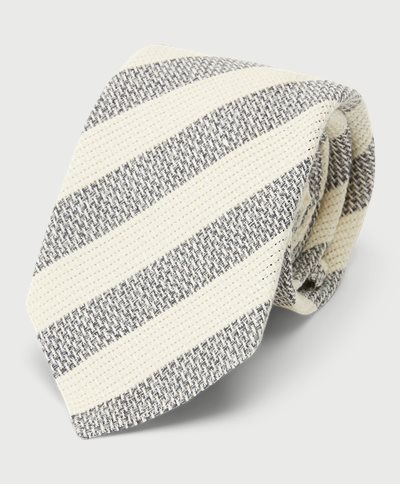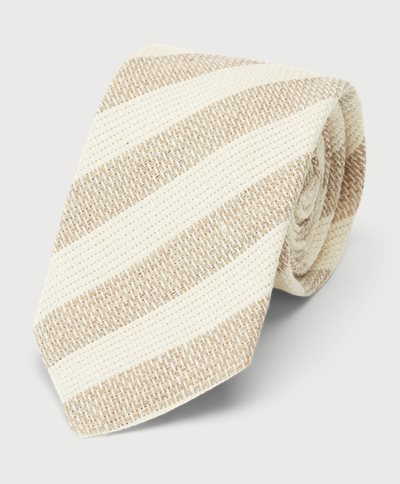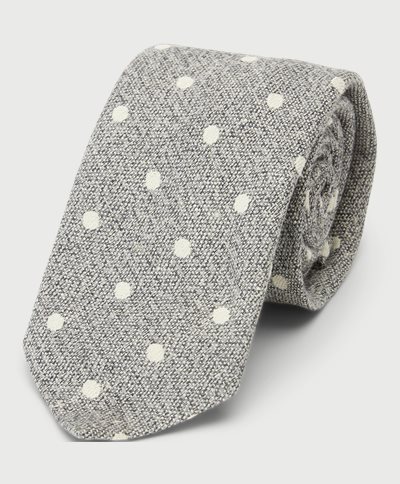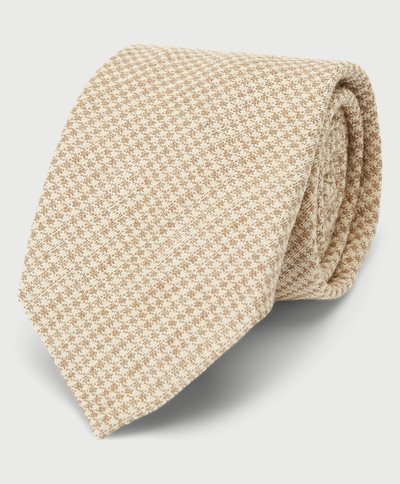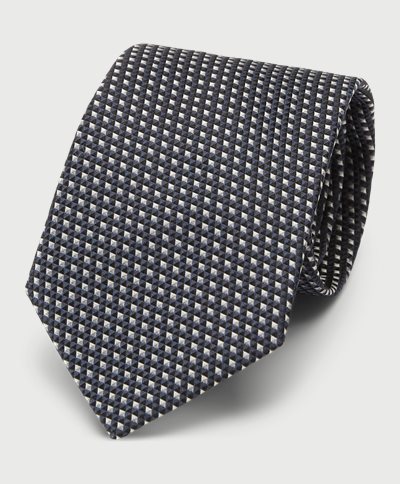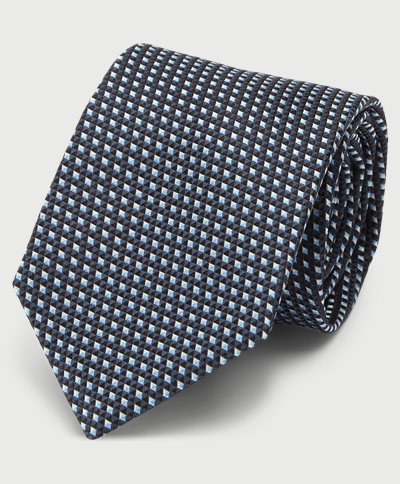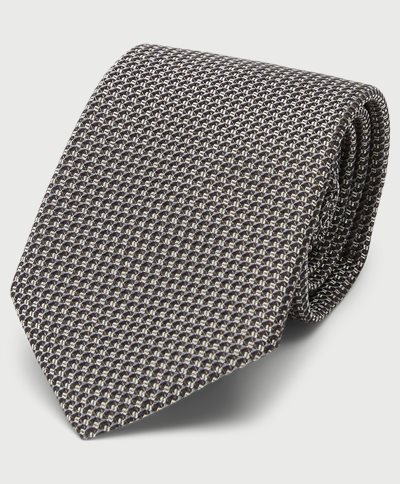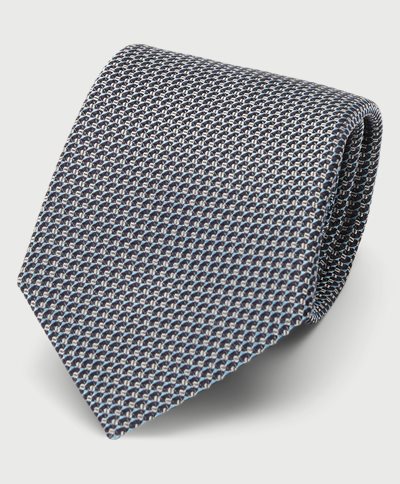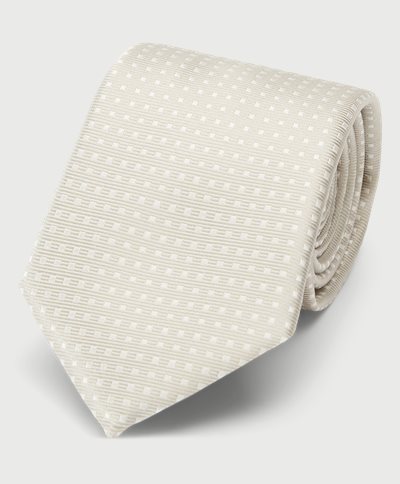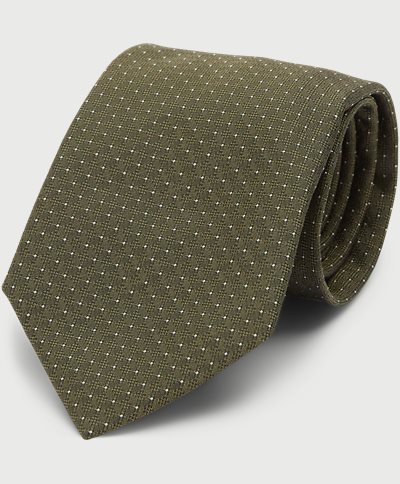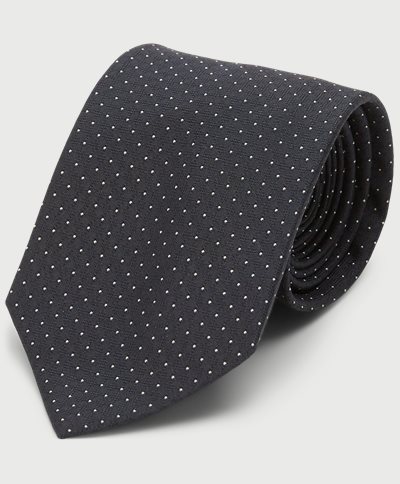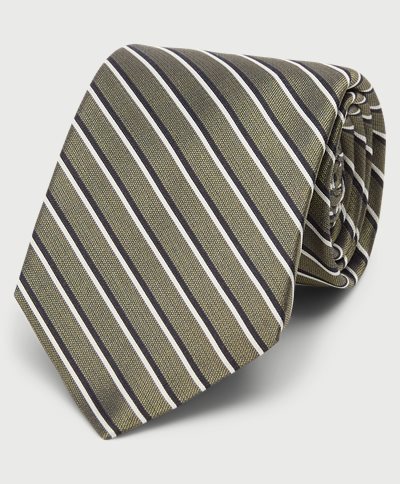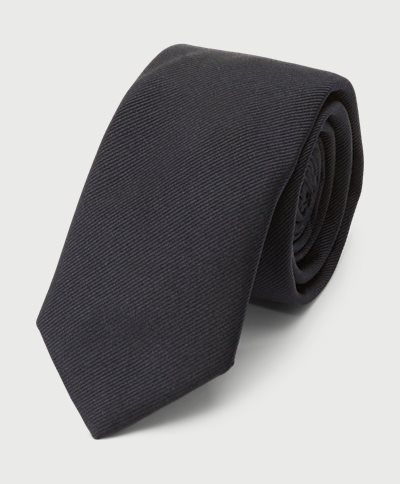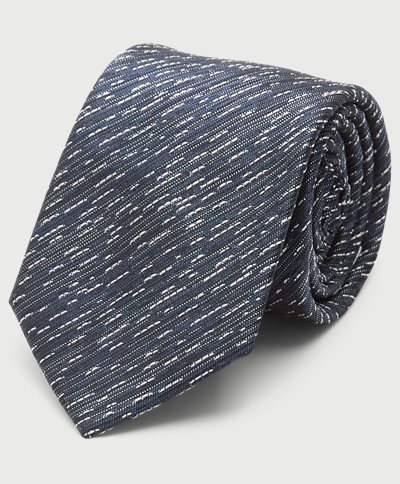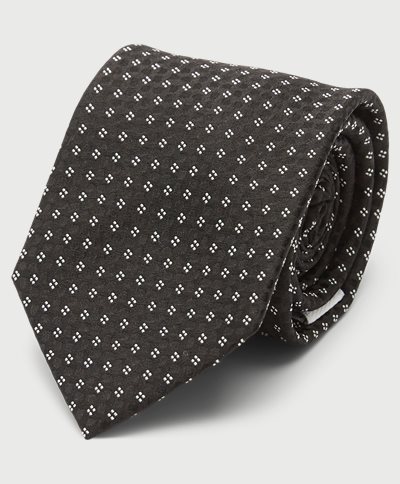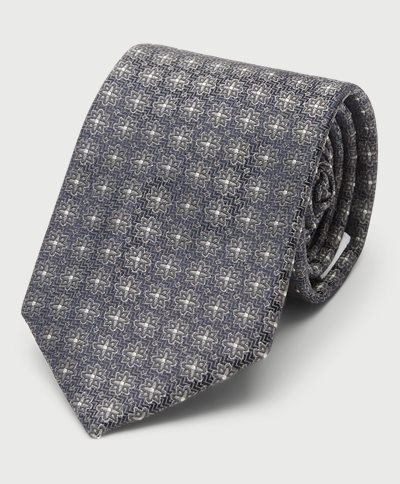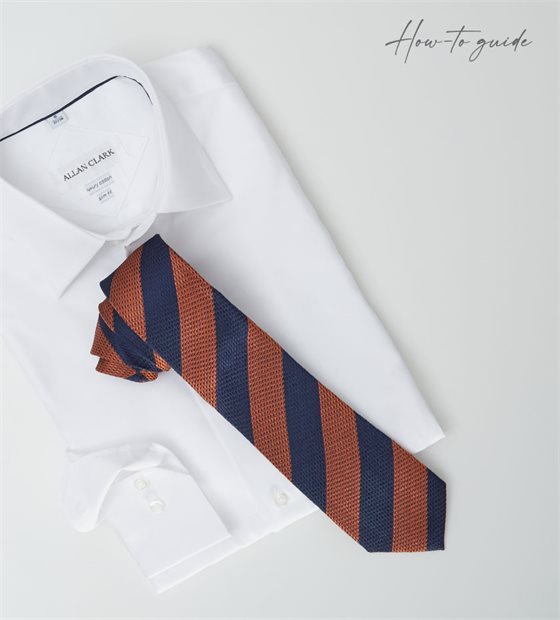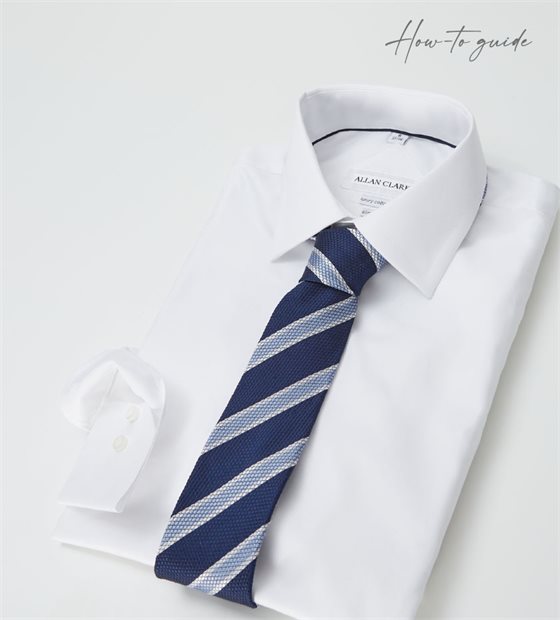How do I tie a necktie?
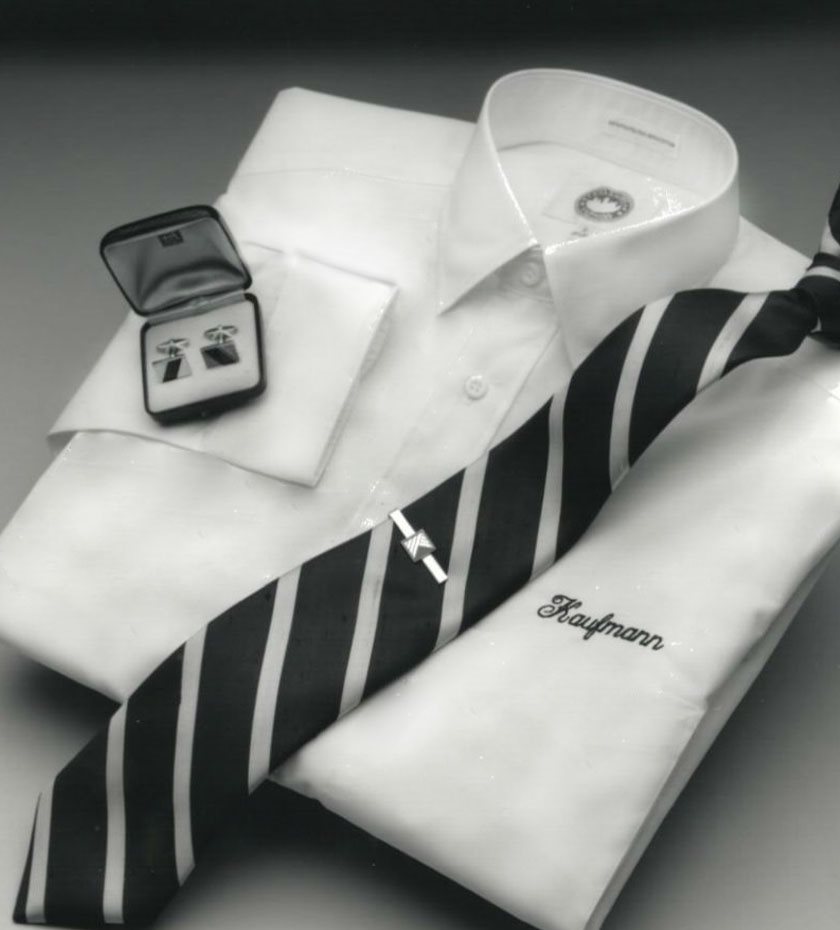
The tie as you know it
The modern tie is not that old, and some claim that it dates back to 1924, when it is said to be “invented” by an American tailor named Jesse Langsdorf. Jesse patented a piece of “all weather, wrinkle-free” fabric in the classic shape that’s so typical of the ties we know today – three pieces of fabric, folded and sewn together so that there’s a pointy end.
But Jesse didn’t invent the tie. Rather, he modified a piece of military attire to fit the civilian wardrobe. Back in the 2nd century A.D., Roman legionaries wore tie-like neck scarves. During the Thirty Years’ War in Europe, Croatian soldiers-for-hire in the French army could be seen with scarves that looked like cravats (a cravat is similar to a tie, but it’s not tied. Instead, it’s folded around itself and tucked into the shirt). The French Louis XIV adopted the cravat style and turned into a fashion piece of the civilian wardrobe.
In the early 18th century, the cravat developed into a length of muslin (a thin, woven cotton fabric), which was wrapped around the neck and kept in place with a needle. This style developed around the 1850s into being kept in place by being loosely tied instead of using a needle. This is more similar to the tie as we know it today. The development is due to the shirts, which previously had loose collars – or none at all. However, the shirt collar was now a regular thing, and the manner in which a piece of fabric was worn around the neck was therefore different.
Throughout the 1920s, ties with regimental stripes gained popularity. As the name hints, this type of tie takes inspiration from the British uniform. The Americans also adopted this tie-pattern tradition. A fun fact is that the British pattern has the stripes running from the left shoulder down towards the right hip, and the American pattern is the opposite: from the right shoulder down towards the left hip.
Today, the tie is part of social framework – if you’re wearing a tie as part of your work uniform, because the tie is part of a dress code, or because you find it elevates your outfit, you are part of one club or another.
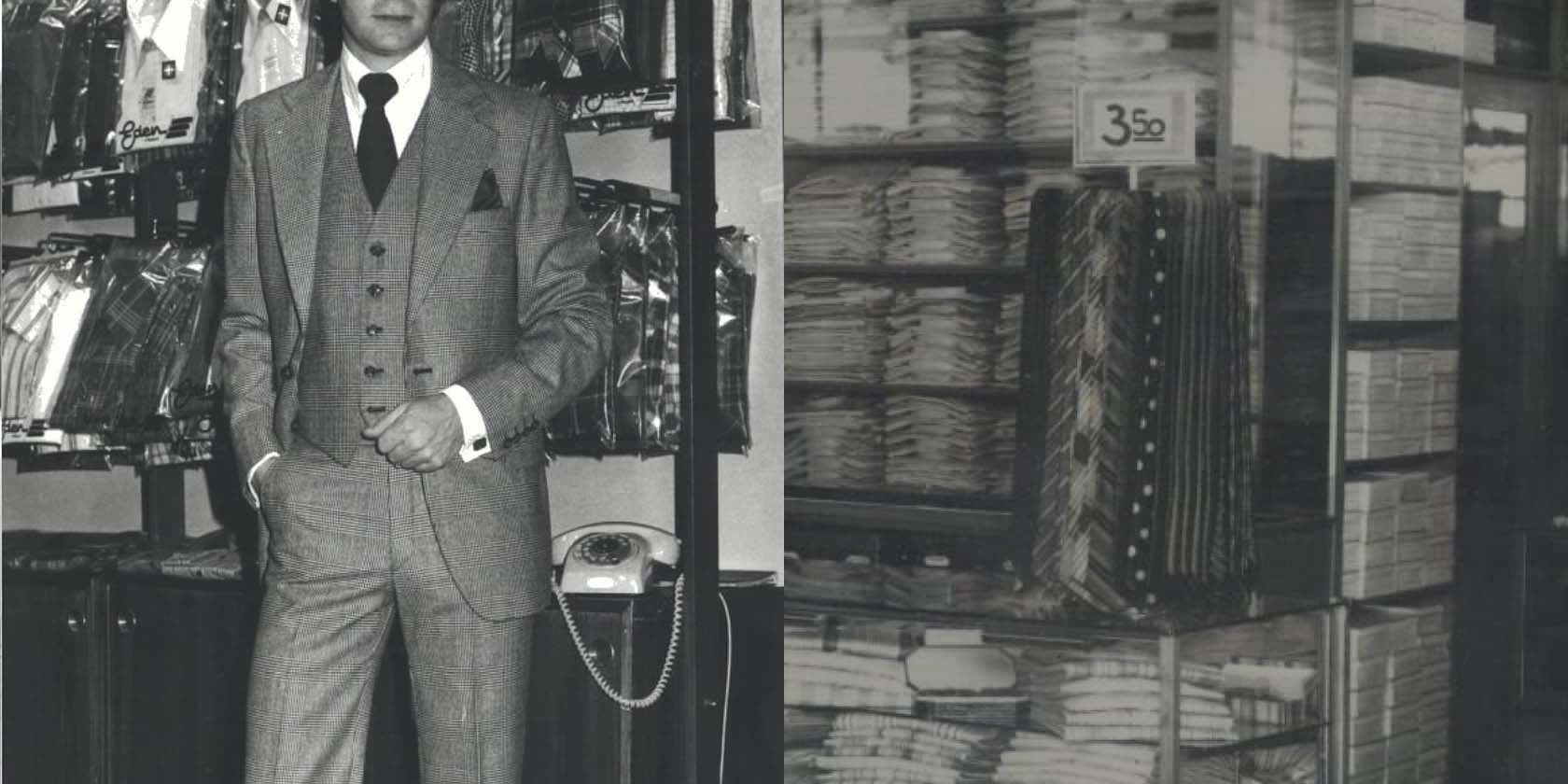
Regardless of what reason you’ve got for wearing a tie, you can here find a guide for four different tie knots.
- How to tie the Oriental knot
- How to tie the classic Four-in-hand knot
- How to tie the perfect Windsor knot
We hope that this guide to tie knots has been useful. You can find your new favorite tie in your Kaufmann store – or online in our web shop here.
Enjoy!!
